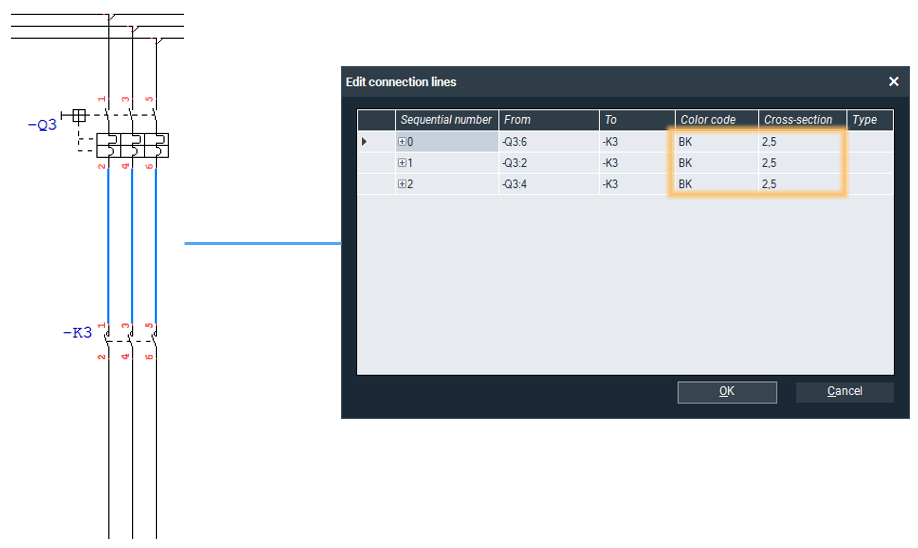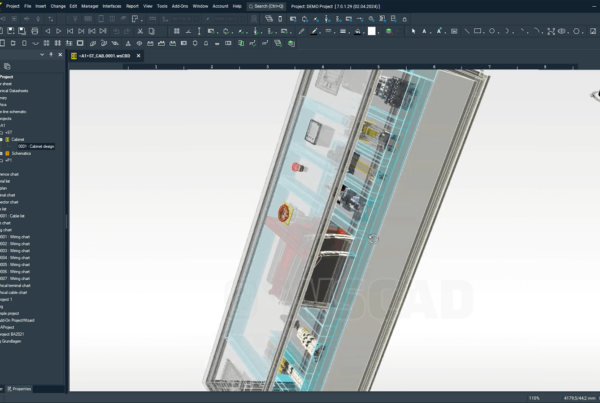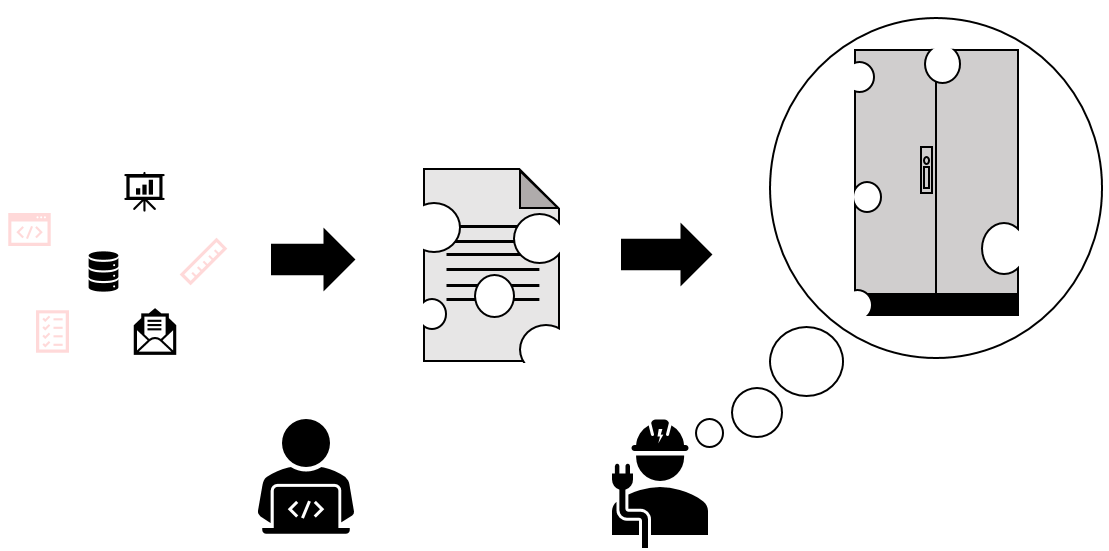
Efficient Cabinet Manufacturing using WSCAD
One of the main tasks of a design engineer is gathering the needed information in order to create a project that can be easily interpreted by the assembly team responsible for building the physical product for which the plans are created.
The more information-rich the documentation of a project is, the less room for interpretation or follow-up questions it leaves.

Planning and documentation require a lot of information gathering..

Focus on one thing at a time, but don’t lose the big picture.
Often, the focus when creating the documentation (schematics, lists, plans) is concentrated on the most crucial part of a project, leaving some of the smaller parts either less documented, or not documented at all. This is often the case when the allocated time is not enough for taking care of all the aspects, or time is being saved.
When the assembly team is missing information, the best-case scenario is that they will have a back-and-forth with the design engineers until everything is cleared. This will be very time-consuming for both parts, leading to possible delays in the shipment of the final product.
Even when the assembly is being done within the same company who makes the design, where the communication paths are short, the delays can be serious. When the assembly is done by a separate company, the delays can go up by a factor.
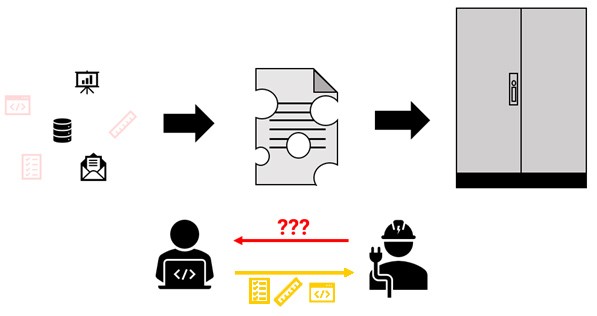
The need for clarification leads to time and resource consuming efforts.
In the worst case, it will lead to misinterpretation, which in turn leads to mistakes. Mistakes are not only time consuming but also cost a lot to be repaired.

Incomplete documentation leads to manufacturing errors
There is an inverse relationship between the time spent by a design engineer on creating a well-documented project and the time needed to execute the plan.
For example, 5 minutes of extra work on planning can lead to more than 2 hours less time spent on execution.

With just a bit of engineering effort, a lot of manufacturing time will be saved
Some of the more disregarded aspects when creating an electrical project are the cabinet overview drawings and the definition of wiring proprieties (cross-sections, color codes, etc.)
Putting just a bit of extra engineering effort in defining these in the right way will lead to increased productivity, time savings and mistakes being avoided.
Taking two scenarios as an example, you can see how this plays out in the long term:
Case 1:
The assembly team and the design team belong to the same company and the communication paths are short.
If there is an uptick of client assignments for a defined time period, the design engineers can easily scale their operations by automating the creation of projects using macros or a project configurator like the WSCAD Project Wizard. But for the assembly team it is harder to scale their operations without employing more specialists.
One way the assembly operations can be easily scaled is by using production machines such as drilling and wiring machines.
Case 2:
The assembly is being done by a specialized external manufacturing company.
Because of the longer communication paths, time is here of essence. The more detailed the project documentation, the less time being spent on detailing the specifics.
The probability that the manufacturer already has production machines is high. This is an extra reason to prepare the projects in a detailed fashion.
If there comes a time where the volume of assignments is high and the manufacturer can’t keep up, a second manufacturer can be employed for a short period of time. Because the documentation is well-detailed, there won’t be the need for a back-and-forth and the second manufacturer will be ready to go from the start.
This will offer flexibility in changing manufacturers and in negotiating prices.
Ready-to-go
WSCAD not only offers the possibility to create a detailed documentation of projects, but also a variety of interfaces to production machines (be it drilling or wiring machines) like CadCabel, Komax, Steinhauer or Kiesling.
There are three main parts to take into consideration when talking about detailing projects for production integration:
- the wiring proprieties need to be defined with cross-sections and color codes
- the cabinet overview drawings must be detailed with cutouts and drilling holes
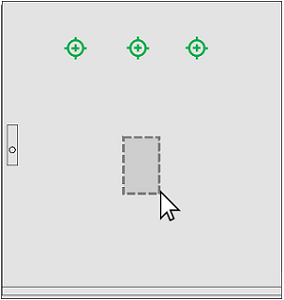
- the parts must be detailed with pin information
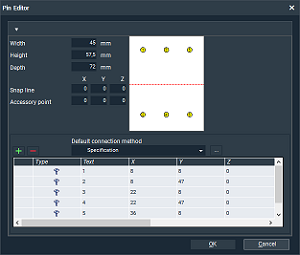
It does require a bit of engineering effort at first, but it will only be done once and the benefits it brings afterwards are immense.
Herewith, up to 60% of engineering and production time can be saved!

Alin Dragan
Consultant Global Business Services
